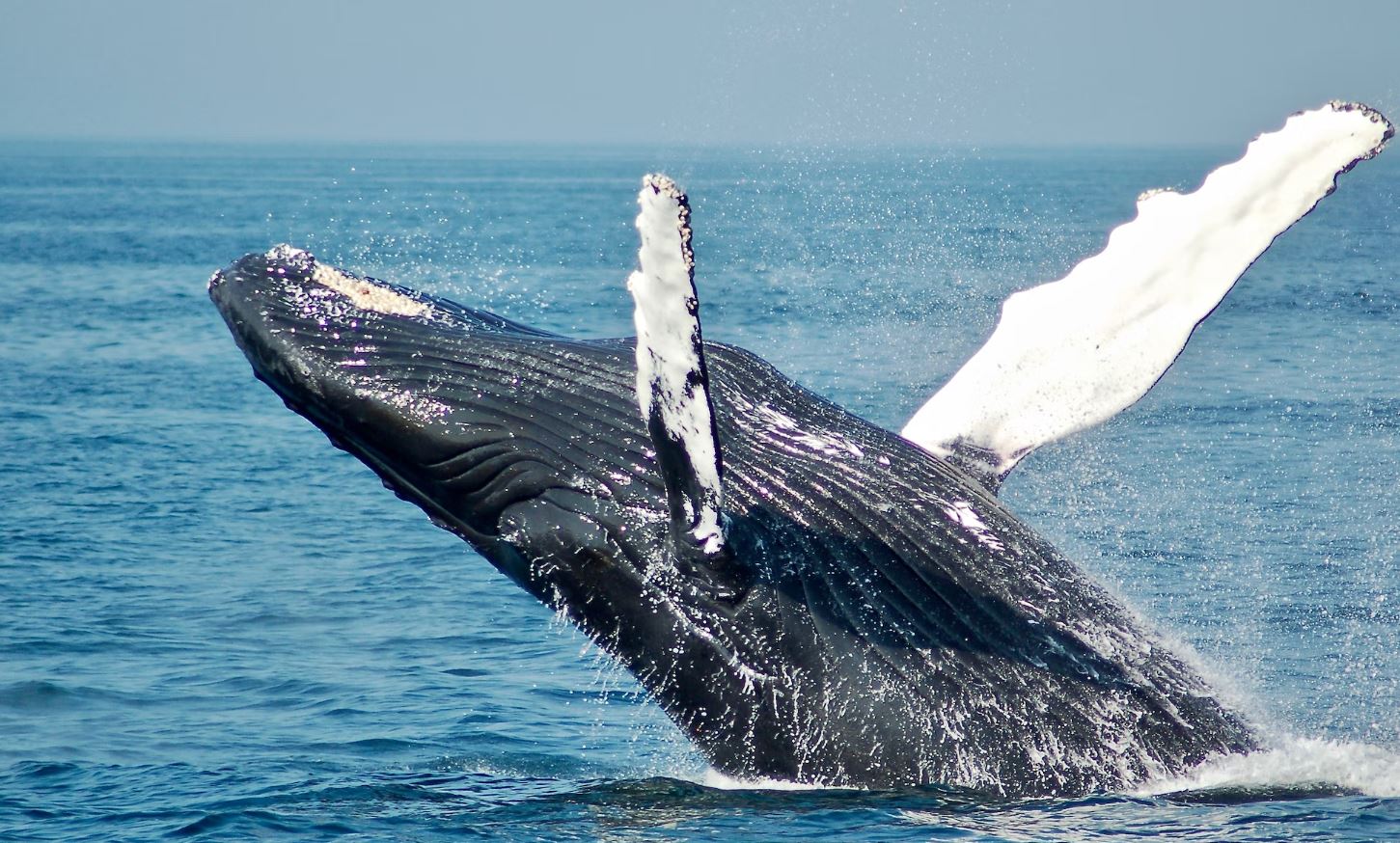
Credit: Unsplash
Whale songs could teach us more than just whale habits.
Have you ever heard a whale song in person? It’s a lovely sound with a particularly haunting reverberation. Whales make their trademark sounds as a form of rudimentary communication; they’re actually quite social animals. Scientists have learned a lot about whale behavior from monitoring their calls, but according to a study, we may be able to learn something even more interesting from them: the very shape of the ocean floor.
As the ocean is gigantic and unimaginably deep, we obviously can’t send manned expeditions to scope out every square inch of it. In lieu of that, one technique that researchers have tried is seismic mapping, wherein they blast the ocean floor with powerful bursts of sound to map out its structure, not unlike a sonar. The problem with this approach is that these intense bursts of sound can be harmful to both local wildlife and geographical stability, so it’s not really a sustainable method. According to a study published in Science magazine, however, we could get the same amount of data from whale calls as we would from seismic mapping, without all the collateral damage.
“Our study demonstrates that animal vocalizations are useful not only for studying the animals themselves but also for investigating the environment that they inhabit,” the study authors write.
“The powerful sound waves these songs produce reverberate and refract through the layers of rock beneath the station.” By analyzing recordings of fin whale songs, researchers were able to gather data about seafloor sediment, and even the Earth’s crust beneath it. Fin whale songs not only provide this valuable data, but they do so at a surprisingly consistent clip. Fin whales are actually huge chatterboxes, stringing their calls together into low-frequency choruses that can last for hours on end, providing data as they move about the ocean.
“I’m not entirely surprised about this study,” Michael Jasny, director of the Marine Mammal Protection Project at NRDC, said about this study. “And if you’d asked me to guess which animal this study used, I’d have said fin whales. Fin whale calls have been mistaken for some years as a regular geologic groaning… It took some time before oceanographers figured out this was actually an animal.”
































